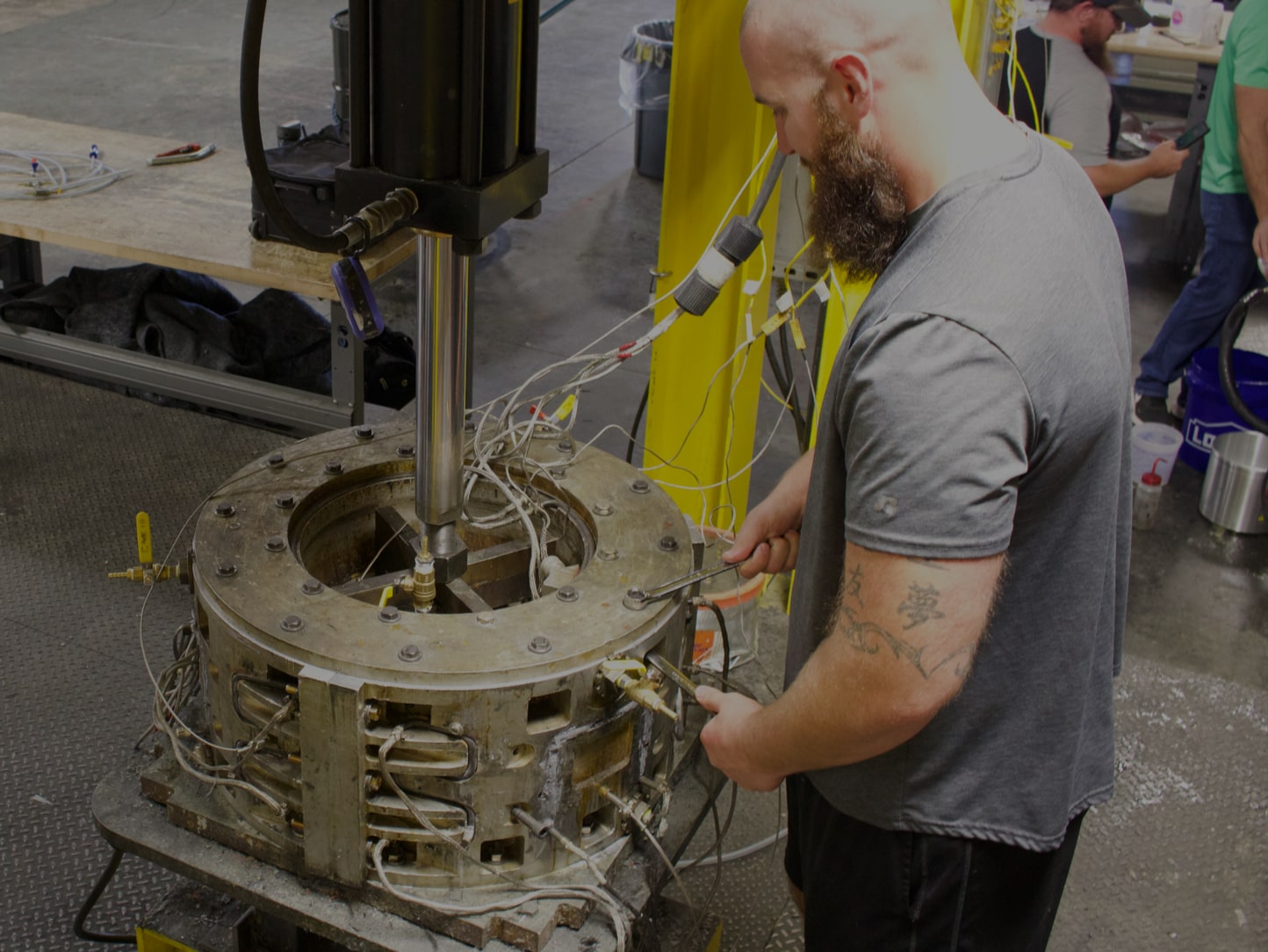Carbon fiber is one of the best-performing composite materials. The superior properties of carbon fiber and its unique characteristics make it the choice material for engineers and designers in a wide range of industries.
Carbon fiber is a lighter, stronger, quieter, and more flexible option than metals, plastic, wood, and even many other composites. It has become an even more attractive option with the increase in demand for efficiency and environmentally friendly solutions.
Carbon fiber has also become more cost-effective and accessible through new technology advancements and specialized composite manufacturers such as ESE.
So, what are the steps that go into making a carbon fiber part?
-
Design & Engineering
Composite parts are more complex to design and build than parts made from metals such as aluminum and steel. As a result, carbon fiber parts require more specialized engineering capabilities.
Metal parts are simply melted into liquid form and put into a mold to create their final shape from one material. The resulting isotropic strength is the same in every direction and, as a result, can be analyzed as one homogenous piece.
In contrast, carbon fiber is NOT isotropic, and carbon fiber characteristics can vary in every direction and need to be calculated accordingly. It takes a very specialized team with extensive experience to engineer custom carbon fiber parts.
Specialized software enables our engineers to run advanced calculations and predict how carbon fiber parts will perform in real-world conditions. This complex analysis can take many days to complete, whereas metal parts can take mere minutes.
Experienced composites engineers can apply the software calculations more effectively to real-world performance data and design parts efficiently and with fewer iterations.
More about carbon fiber design & engineering >
-
Mold Fabrication
The next step is to design and fabricate a mold. This is a critical step; without a good mold, it’s almost impossible to make a good carbon fiber part. Composite molds are particularly complex, so it’s important to use a team with extensive experience.
Rather than straightforward melting and hardening of liquid metal, composite molds are subject to a unique process of composite fiber layup and resin infusion.
ESE has an entire team dedicated to designing composite molds, including specialized CNC machining equipment. We’ve created and tested dozens of carbon fiber molds and even have experience co-molding metal parts in the process. Most large, reputable mold companies don’t even have this level of experience designing carbon fiber molds.
More about mold fabrication >
-
Carbon Fiber Layup
Once the mold is produced, the next step is to apply the carbon fiber, layer by layer, with a specialized spray adhesive. This layup process requires each layer to be placed meticulously with attention to the weave for both strength and aesthetic purposed.
In addition to sheets of carbon fiber, ESE uses an innovative tailored fiber placement (TFP) machines that stitch carbon fiber into near net-shape plies.
Traditionally, carbon fiber is cut from sheeting and then manipulated into a mold, resulting in a material waste and difficult layups. TFP allows for precise carbon fiber placement onto a base material, orienting the fibers in specific directions and patterns to optimize structural performance. This increases the durability carbon fiber parts, allowing them to manage loads and stresses more effectively.
Not only doe optimized design, TFP enables faster production, reducing layup time by as much as 50%, and cutting material waste by 80%.
The more complex the design is from a layup and engineering perspective, the more substantial the benefits from TFP.
More about tailored fiber placement >
-
Resin Infusion
After the carbon fiber layup is complete, the layers encased in the mold are then injected with resin in an infusion process.
While many carbon fiber composite manufacturers outsource resin infusion or use a pre-preg resin system (which is inferior and contains a higher resin content) ESE can perform the entire end-to-end carbon fiber manufacturing process in house, including even the design and fabrication of the molds.
ESE uses a proprietary compression resin transfer molding process that uses an epoxy resin system to create resin infused, one-cure carbon fiber parts with superior strength and fatigue resistance. We use custom presses and only the highest quality, fastest curing resins at industry leading Tg (glass transition) temperatures of up to 212°C to finish the carbon fiber parts. ESE’s fiber-to-resin content of 60% and void content of just 2% are among the best in the industry.
More about carbon fiber resin infusion >
-
Testing
After the resin infusion is complete and the part is cured, it can then be tested for strength and durability and scrutinized for visual precision. Parts, such as carbon fiber wheels, are put on a stress test machine to simulate hours of use and duress. This data is then recorded and if improvements need to be made to the design, the process can start over. It is not uncommon for a complex part to require several iterations of mold fabrication, layup and resin infusion to perfect the performance and final design.
More about carbon fiber parts manufacturing >
Full-service carbon fiber part design
From engineering to mold fabrication to manufacturing, ESE is a one-stop shop that takes custom carbon fiber projects from concept to completion more cost-effectively and with some of the fastest turnaround times in the industry.
We’ve created carbon fiber parts for the automotive, military, aerospace and marine industries. Using innovative technologies such as TFP and a proprietary high pressure resin infusion, we are able to make the most mechanically efficient parts while dramatically lowering the raw material cost.
More about ESE Industries >
